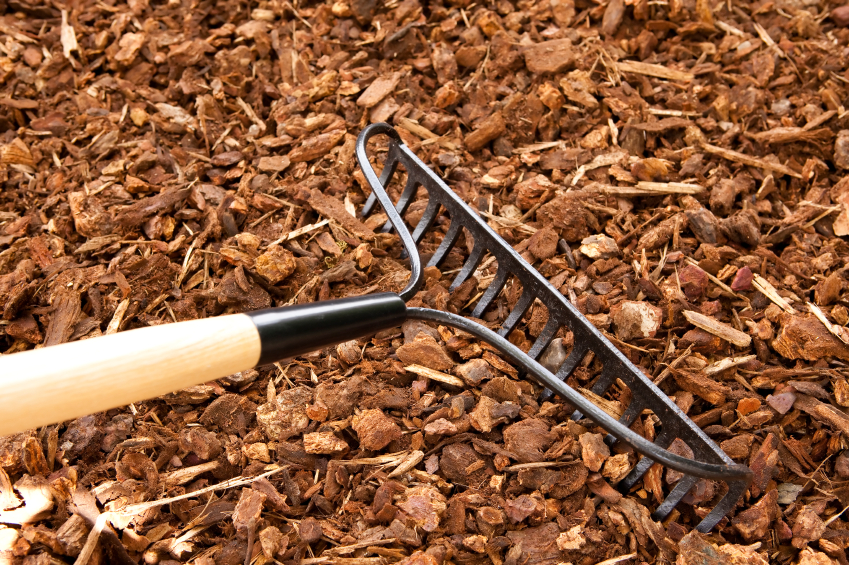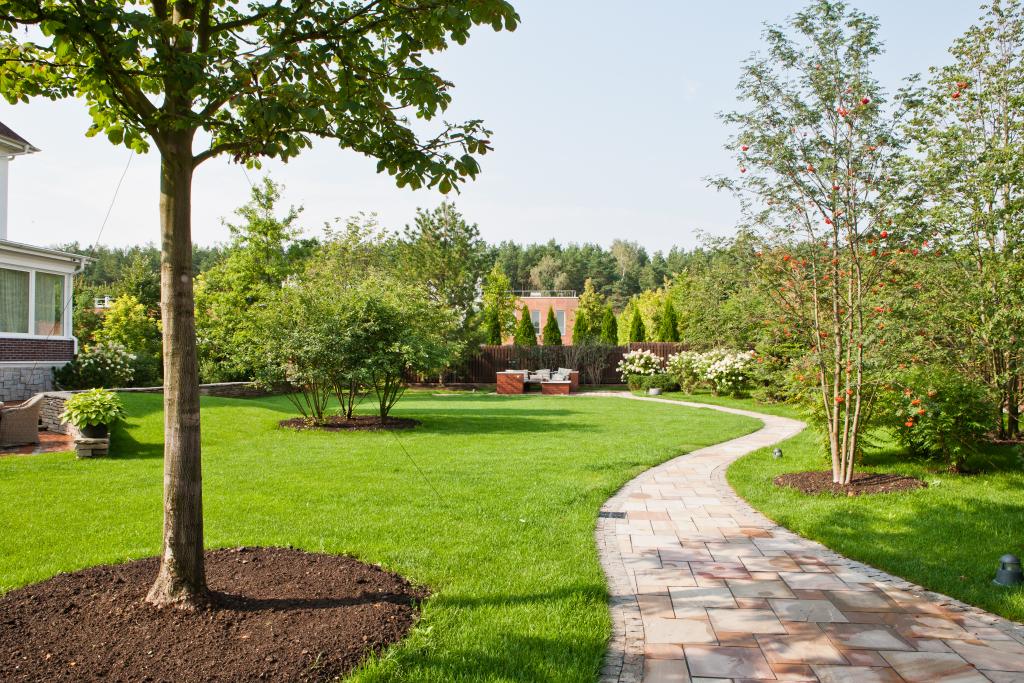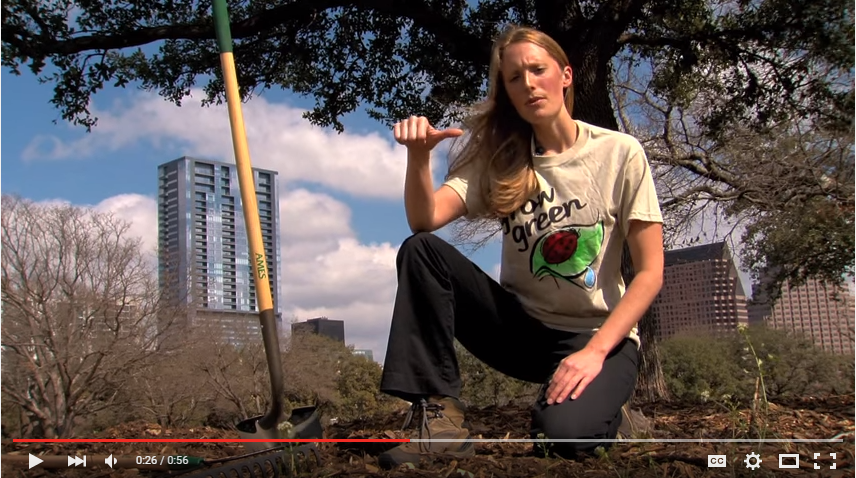Mulch Is Key to a Healthy Austin Tree
One of the simplest, most effective ways to help trees and plants survive in tough Austin conditions is mulch. Mulch is a material used to cover soil around landscape plants. Good mulches include wood chips, leaves, grass clippings, and compost. Mulch helps plants in lots of ways.

Coarse wood chips are the best mulch for tree health
Benefits of Mulch
Plants send roots into the soil to collect the resources they need to grow. Adding mulch provides a range of benefits:
- Preventing erosion: Mulch slows down rainfall so it doesn't carry soil off into storm sewers.
- Suppressing weeds: Mulch blocks sunlight so weed seeds are not as likely to sprout.
- Reducing compaction: Air spaces in soil are important for roots to collect the resources they need. Mulch slowly breaks apart hard, dense soil and loosens it so roots can thrive.
- Moderating soil temperature: When sun hits bare soil in summer, temperatures can rise to well above 100 degrees Fahrenheit. Mulch blocks the sun and keeps soil cooler. In winter, mulch blankets soil to help prevent freezing.
- Water conservation: Reduced temperatures and sunlight mean less evaporation from the soil. Mulched plants need less irrigation during hot weather.
- Adding nutrients: Any mulch from plants like wood chips, grass clippings, or pecan husks will decay over time, adding nutrients to the soil. Other plants can use these nutrients for growth. We will need to check the depth of mulch every 1-2 years and replenish as needed.
- Buffer zone: In lawns with turf grass, mulch creates a protected area where tree roots don't have to compete as much for water and nutrients. This also makes it easier to avoid damage to stems from string trimmers or other equipment on mowing day.

Even a small area of mulch helps trees stay healthy and compete with turf grass.

Trees benefit more from mulch when we cover a wider area.
How to Use Mulch
- Put a layer of mulch two to three inches deep around your trees and shrubs, and a 2-inch-deep layer around your garden plants. To prevent diseases and pests, mulch should not be piled up against the stems or trunks of plants. For best results, use long-lasting mulches (wood chips, wood shavings, evergreen needles). Coarse wood chips from an arborist's chipper are best for tree health.
- Any mulch can help, but a wider area will help trees more. In a forest, mulch is everywhere, so you can't go out too far. Mulch also reduces your need for mowing grass, so it saves time and money.
- Adding a thin layer of compost (1/4" to 1/2" deep) before applying mulch can improve soil health even more.
- Create a self-mulching lawn! Wait to mow until your grass is between 2 and 4 inches high. Then mow off only the top one-third of the grass and don’t bag the clippings. This way, the clippings will feed your soil and won’t smother your grass.
- If you have too many clippings, rake them into mulch layers around trees and shrubbery.
Use the thumb rule when spreading mulch under a tree.
Mulching Basics
- Mulch all areas that are not covered in grass or thick ground cover.
- Use a layer of coarse mulch 3 inches or deeper for weed control.
- When converting grassy areas to mulch, smother the grass with a thick layer of cardboard or newspaper rather than using chemicals. Some hardy grasses must be rooted out for successful removal.
- Blanket dormant perennials with several inches of shredded leaves or whole pine needles to protect them from freezing weather.
- Spread mulches under annuals after they are well-established.
- Water the ground thoroughly before and after applying a mulch cover.
- Do not put organic mulch where water flows rapidly or it may wash out.
- Rock and other heavy, inert materials can be used as berms or buffers to slow the flow of water entering mulched areas, protecting them from wash-out.
- Be sure not to heap mulch against the trunks of trees.
Get Your Free Mulch from Austin Resource Recovery
Article submitted by Susanne Harm, Public Information Specialist Sr., Austin Resource Recovery


